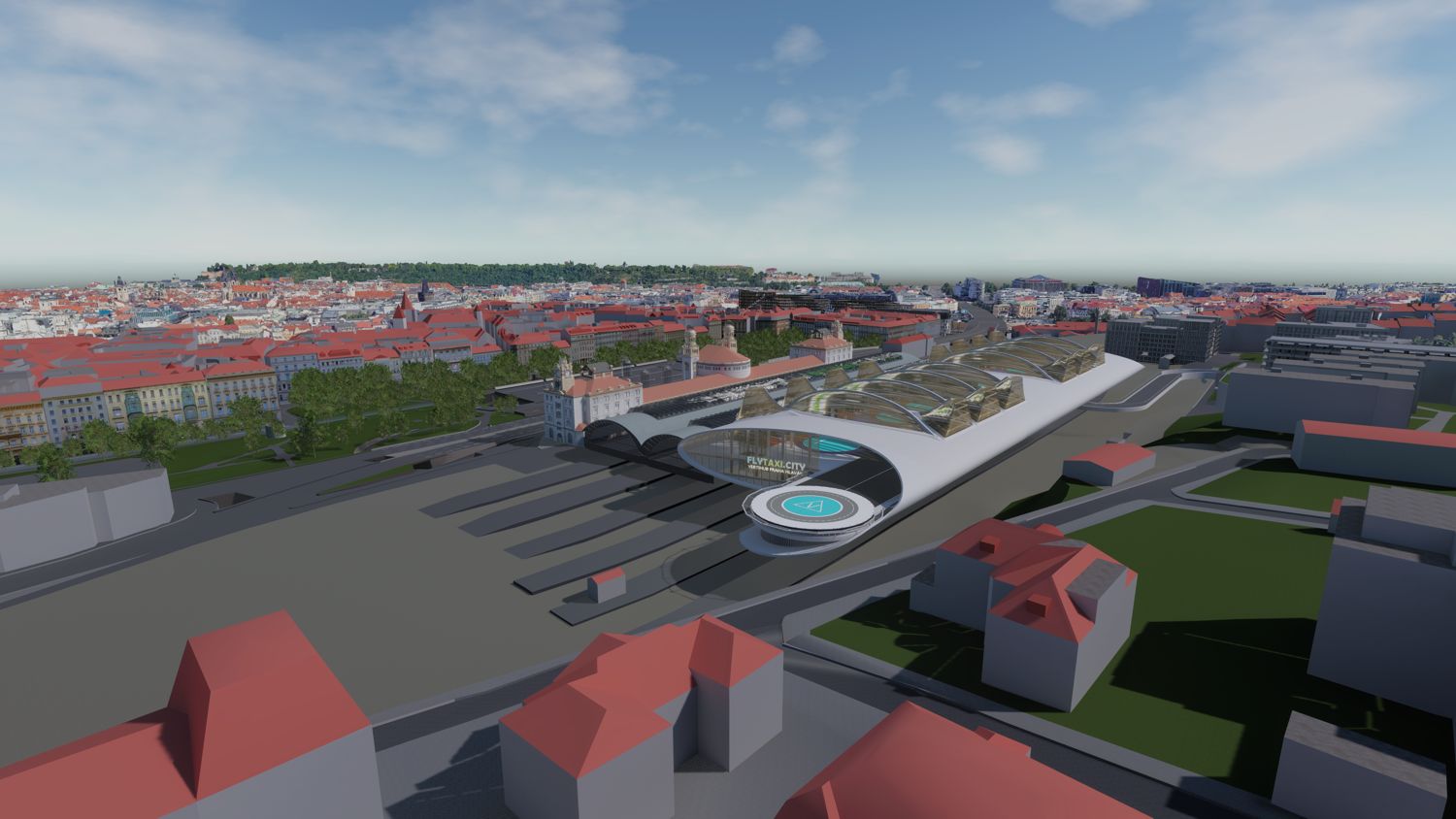The use of autonomous airborne vehicles in urban transportation is a global trend. So much so that Morgan Stanley estimated in 2021 that the total value of the eVTOL market will reach $9 billion by 2050 (Morgan Stanley: A Slow Take-Off, But Sky is the Limit). The Czech Republic aims to be part of this transformation.
“Urban Air Mobility is a concept that opens a completely new chapter for travellers and cargo. This is an incredible opportunity where an immense space for a new kind of transport business is opening around the world, and Czech research institutions and companies are already participating. For Urban Air Mobility to play a significant role in the Czech Republic, the various aspects of this mode of transportation must be considered in urban planning and creating transportation systems,” CEO of the Czech Aerospace Research Centre (VZLÚ) Josef Kašpar said. His institution is coordinating the work of Czech experts part of the Vertimove project that aims to solve how to incorporate airborne
transportation in the Czech Republic.
The VZLÚ is also developing an autonomous aircraft called the MiYa, which was presented to the public last year at the Virtuplex. The vehicle with a 15m wingspan can carry about 400 kg or 4 passengers at a speed of up to 300 km/h.
“We’re proud to be a part of this project that will plan a new mode of urban transportation. The presentation of models and the environment of the vertiports in virtual reality offers the opportunity to better show an entirely new and innovative method of passenger travel," Virtuplex’s Michael Sido said, adding: “Our cloud platform facilitated the preparation of the project and the presentation of a VR model to VZLÚ representatives in the Prague space and vertiport architect Michal Postránecký could connect remotely from the US.”

“When I had the opportunity to walk around the Virtuplex and see our vertiport proposals for the first time, I was surprised how free movement in space can allow for a better understanding of the model. Despite regularly working with VR, the transposing of the model to the Virtuplex space facilitates an enhanced and more realistic experience with the model while saving time and money by allowing stakeholders such as the project guarantor and architect to connect remotely,” architect Michal Postránecký noted and explained: “I see immense benefit in using VR, not just for clients, but for us architects as well. VR allows us to examine all contexts quickly and effectively. It’s not surprising that more than 75% of architectural studios in the US already work with virtual reality.”
Journalists were also able to tour the concept and arrived at the Virtuplex in great numbers, including TV crews from Czech Television and CNN Prima News, as well as representatives from prestigious technology magazine Wired.
